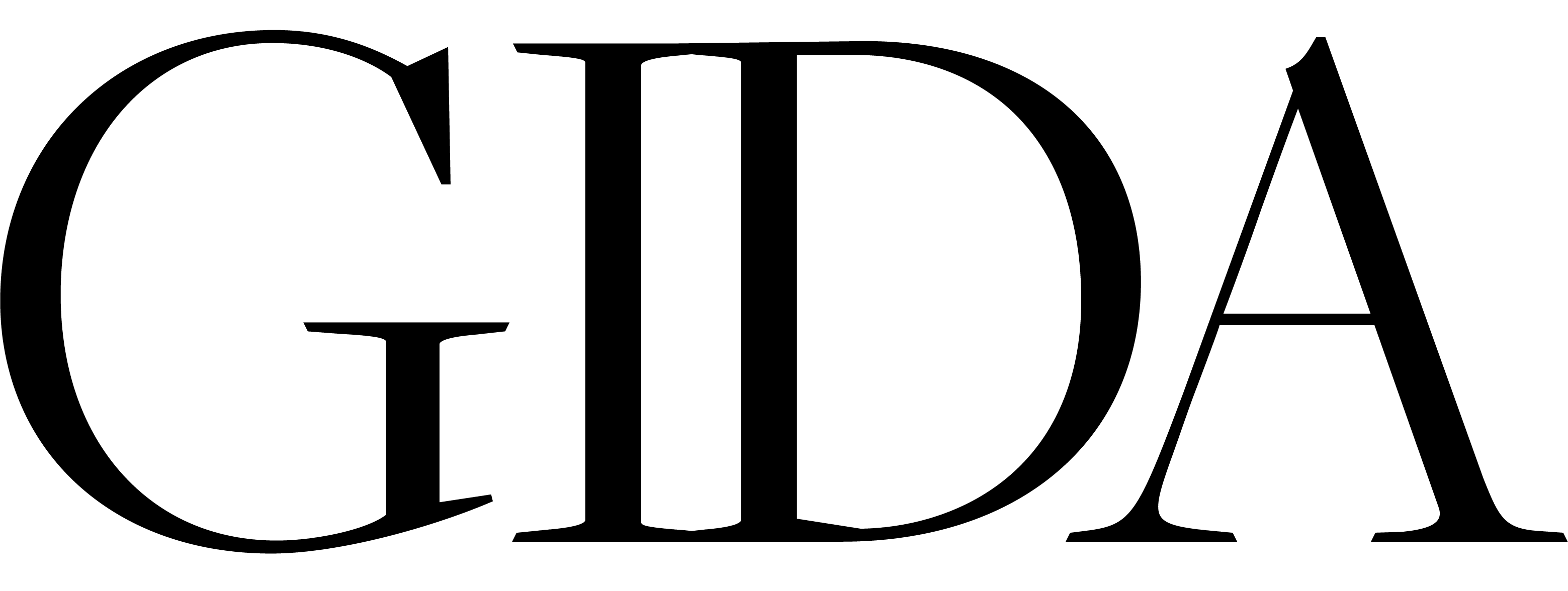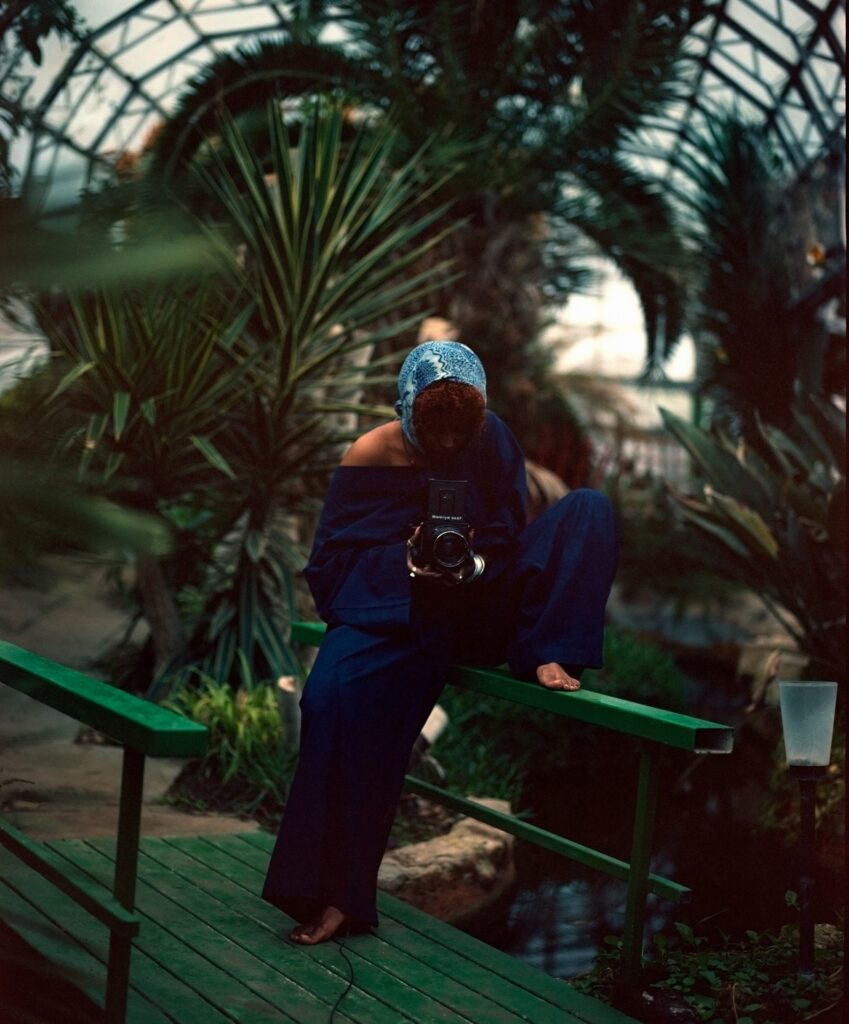
Through Her Lens: A Series of Self Portraits Celebrating African Female Photographers
March 2024 | THIS IS US x GIDA
In honor of International Women's Day, THIS IS US and GIDA Journal have teamed up to celebrate African female photographers through a self-portrait series "Through Her Lens".
The photo series will feature a curated selection of self-portraits and introspections, each telling a unique story and reflecting on the individuality, strength, and resilience of the women behind the lens. By highlighting the creativity and vision of these photographers, we hope to challenge stereotypes and celebrate the multifaceted nature of womanhood.
Adïam Yemane

Adïam Yemane is an Ethiopian-Eritrean visual artist and storyteller currently based in London whose work touches on social justice, community development, and the exploration of themes like identity, displacement, and human connection to nature.
Traveling seems to be an integral part of your life and work. How do your experiences in different cultures and landscapes influence your artistic vision, and how do you ensure authenticity and respect in your portrayal of diverse communities?
I have been travelling since before my earliest memories, so travelling comes naturally to me. I am a traveller before anything else. I feel a sense of pure joy when I am in a new place, even when I am not physically travelling; my mind is often somewhere else. I even create an imaginary world in my head that I travel to. Perhaps they are other dimensions, as the idea of being multidimensional makes sense to me. As a visionary, I am always inspired by these new experiences, and this is a significant part of what influences my work. Respect and authenticity are ingrained in my upbringing; the culture and faith I come from have taught me a lot of discipline, which permeates all aspects of my personal and professional life.
Your work often explores themes of identity and displacement. How do you use photography as a tool to tell stories and share experiences of communities, especially in the context of your heritage as an Ethiopian-Eritrean?
My journey with my identity has been quite unique. I have had, what I would like to think, is an extraordinary upbringing. I have lived in three parts of the world and experienced many cultures. I have called many places my home, carrying with me the lessons learned from each, continuing to grow my perspective and follow my North Star. So, even though I started my life in Ethiopia and Eritrea, I see myself as a multi-layered woman. This way of thinking stemmed from all the research and time I have spent asking myself who I really am.
You work a lot with Self Portraits. Why is self portraiture important to you and what stories do you hope to tell through your series of self portraits?
My self-portrait work has been a significant part of this exploration. It delves into who I am as a person, how I want to portray myself to the world, and how I want to be seen. I have come to realise that often the answers lie within us because deep down, we have a connection to the divine, which connects us all. Therefore, I am learning about myself, which ultimately means learning about humanity and everything that exists through this exploration. I see photography as a tool for communication, a means to witness what I see, or even further, to reveal what I cannot see and help me communicate when I feel the limitation of language.
Did your interest in self portraits come to you in your attempts to play or work? As an artist, do you draw a line between work and play and how?
In my self-portraits, I navigate a fine line between work and play. Some projects are meticulously planned and executed, blending enjoyment with labour. The essence of balance is always present. Some projects are carefully planned and outlined, falling into the work bracket but can also be enjoyable, while others I do purely for the purpose of play, yet they end up feeling like work. So, to answer the question in a simpler way, it's always a bit of both. The purpose of why I am creating what I am creating is more important, and sometimes I might not even know why I created something until I have created it. There are times when the answer is just for me and times when I feel the need to share it with others.
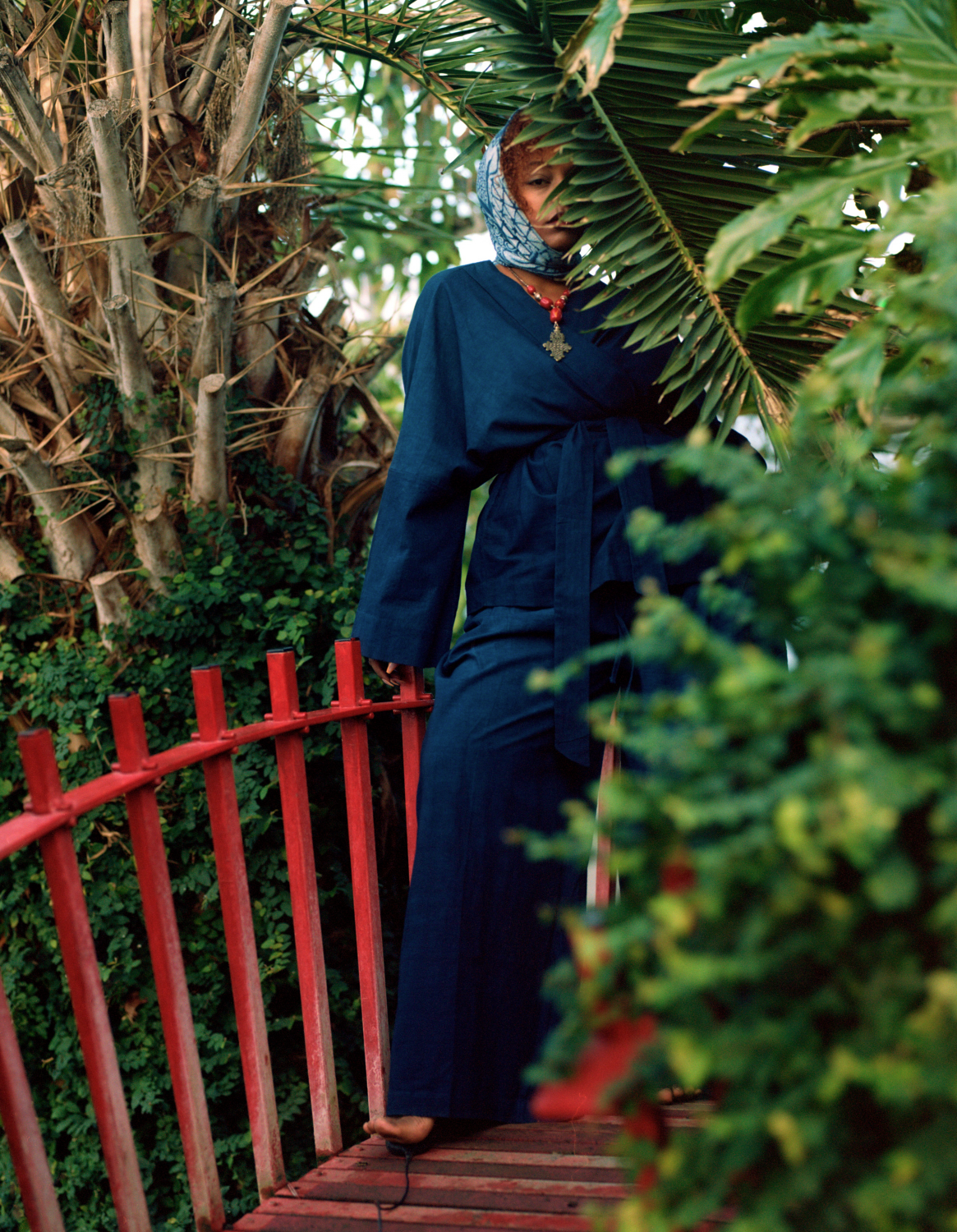

What do you love to do when you aren’t behind the lens or plotting your next shoot?
When I'm not behind the camera, I immerse myself in documentaries, literature, and spending time with my community. Tending to my indoor and outdoor plants also brings me joy.I recently completed a course in Specialised Study in Contemporary Art of Africa at the Centre for Languages, Culture, and Communication, enriching my understanding and appreciation of diverse artistic expressions. I also completed a horticultural course at Wolves Lane, where I created self-portraits wearing "This Is Us" for GIDA. I also practice yoga as a way of life. Music accompanies almost everything I do, serving as a way to connect with my higher self.
What aspect of your love for life comes through in your work?
As a student of love, I rise each day with love, learning to love better, learning to approach everything I do with love. When faced with challenges, I ask myself: could love be the missing piece?
This Is Us. The planet is us. We're like branches of the same tree, deeply rooted in Planet Earth. Our bodies; born from the same soil we're family.
Our purpose? To nurture every living soul, every blade of grass. We're more than caretakers; we're gardeners, tending to all life that thrives alongside us. Our home, our GIDA, needs more than sustenance; it needs our love and care, our nurturing touch.
We are the gardeners, watering and nourishing every being that calls this planet home. And as we journey, listening to the whispers of our gut, the voice that connects us to the heartbeat of Mother Earth and all her creatures we will find our individual and collective purpose.
Ayanfe Olarinde
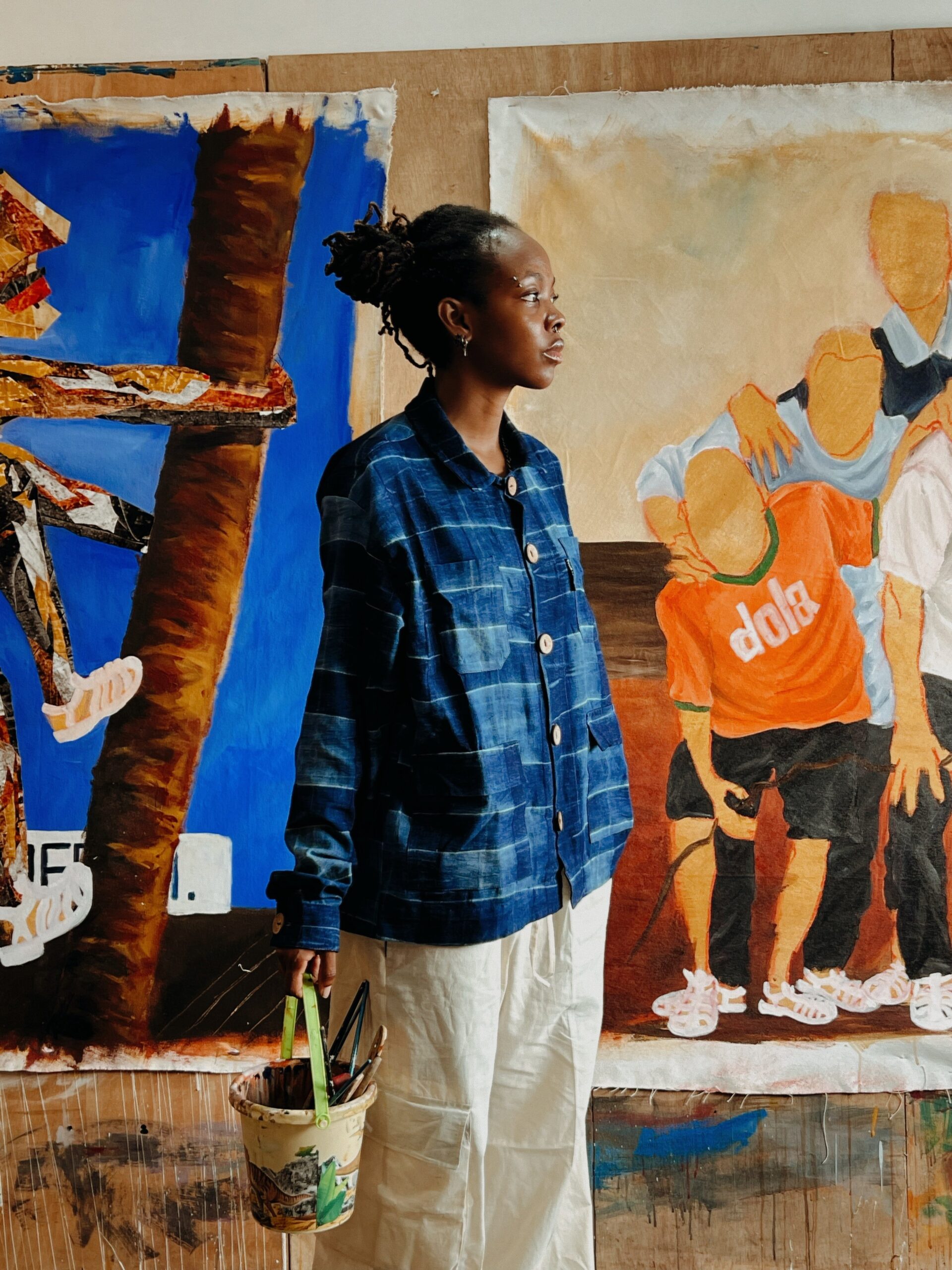
Born in 1996, Ayanfe Olarinde is a self-taught multimedia visual artist and photographer known for her "scribble art". In her work, Olarinde explores themes of self-image, identity formation, social constructs, collective history and mental health while probing popular culture and the inefficiencies of the government in contemporary society. A self proclaimed explorer, Ayanfe is always seeking new mediums and means of expression, and gathers inspiration from personal experiences, her immediate society, and music.
Can you share how your journey as an artist has influenced your approach to photography?
Being an artist helps me see better. This has played a very important role in my photography. My selection of colors, composition, how I want my subject to interact with the space etc
What drew you first to This Is Us? How do the clothes make you feel?
It was the first shirt I think I saw. It was a Funtua shirt. I think the brand had just launched at the time or it was shortly after. The color, simplicity and silhouette/style drew my eyes. For me, it was mostly these. I really didn’t know much about the brand at the time but I knew I really wanted that piece. I tried to buy it, but couldn't afford it at the time. I knew I’d eventually get it and I did, the comfort and ease I felt is one of the reasons I’ve stayed as a customer and lover of the brand. Eventually, having a little idea what the brand is about and how their pieces are produced kept me locked in. One thing I would say is, TIU pieces make me feel even more like an artist. If I was cosplaying to be an artist or a general creative, I’d rock TIU. It comes with the sense of belonging.
When you’re shooting, you’re shooting mostly fashion. Which comes first? Your love for style/fashion or your love for photography?
Although, photography in general is an alternative medium of expression for me. I love the fluidity in fashion. I think my love for colors, geometry, life and body movement/interaction, makes it easier to work more in fashion. I’ll say that comes first.
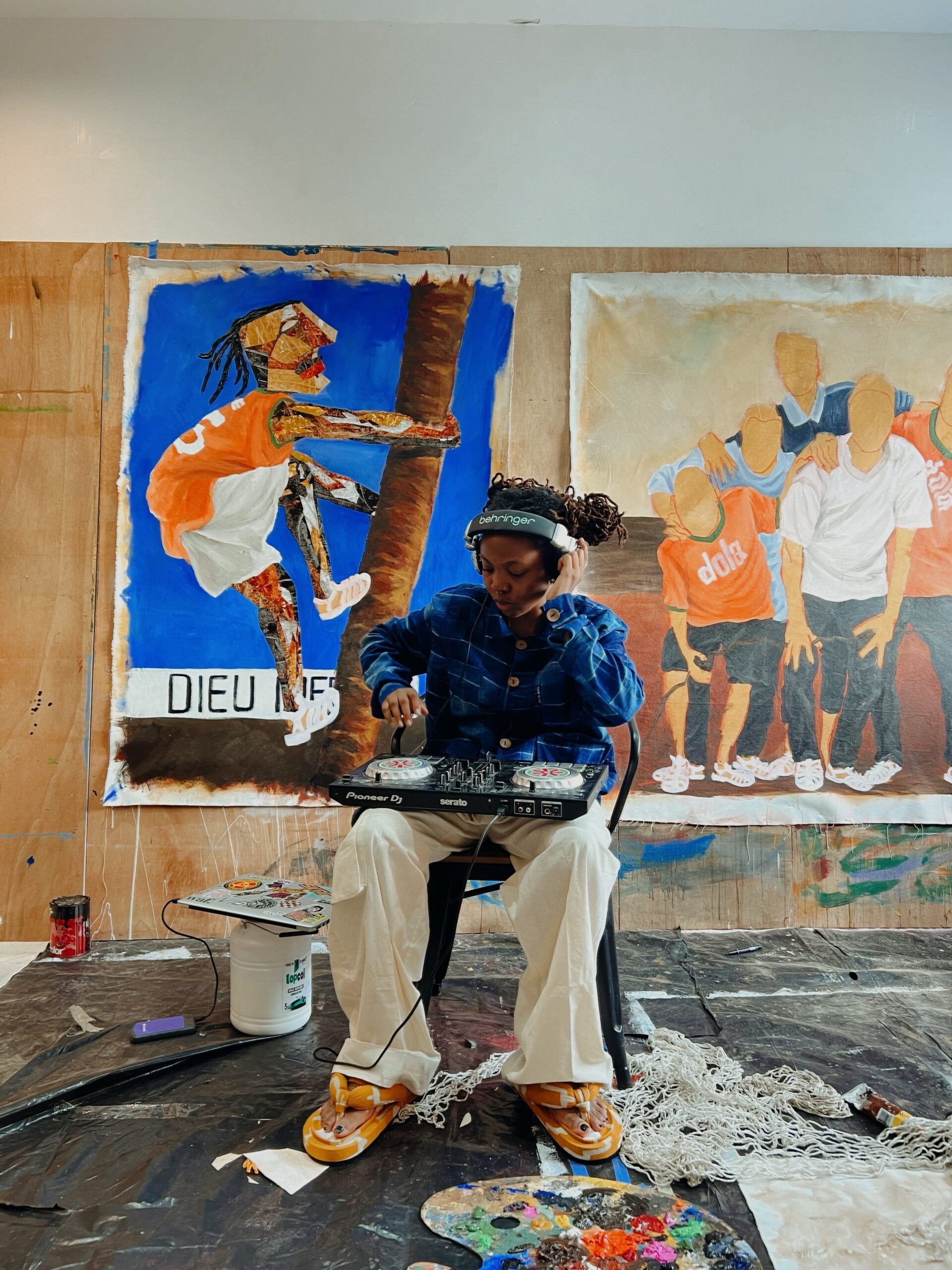
Ayanfe wears the Uniform wear Overshirt in Checker-box and Baggy Cargo Trousers in Ivory
Everyone knows you as an artist but very few as a photographer. What would you say inspires your photography the most?
Because I’m a demonstrative person. There are things I try to say that I’d rather say with images than paintings. Photography is an alternative medium of expression for me but it comes as an alter ego. I’m inspired major by the colors of Nigeria and textures, layers and expression in general. I like to think that Nigeria herself has a sound and her colors. This is beyond the expected “green white green”, the colors of nature, of society, of the people, of pollution etc. I’m drawn to how it all takes shape, how a piece interacts with a space without having to really create a set. I’m also interested in telling stories of places and communities, juxtaposing my love for fashion or conceptual photography with spaces or faces whose story I’d maybe like to tell in photographs. Finally, photography serves as a time stamp for me. For someone who likes to document moments, I use photography as a medium to register moments to also help my memory. It also gives the opportunity to learn about my subjects and know the best ways to present them.
Is there a difference between play and work for you? How do you draw the line and what would you say is the key to your success as an artist?
Work is sometimes play for me. I find myself experimenting more than half of the time. I think work gives me the opportunity to be a kid again. It helps me escape my own reality, fixing me in different realms or positions where I immerse myself in stories I’m telling. Although, I take breaks in between projects when it’s time to have some outside fun and socialize. I’m unable to socialize while in the middle of a body of work. I find it difficult reconnecting to work once my flow is broken. It’s not that I won’t be able to work, it just takes longer adjusting back to work mode especially because I recently found out I might have ADHD.
Saïda Augustine
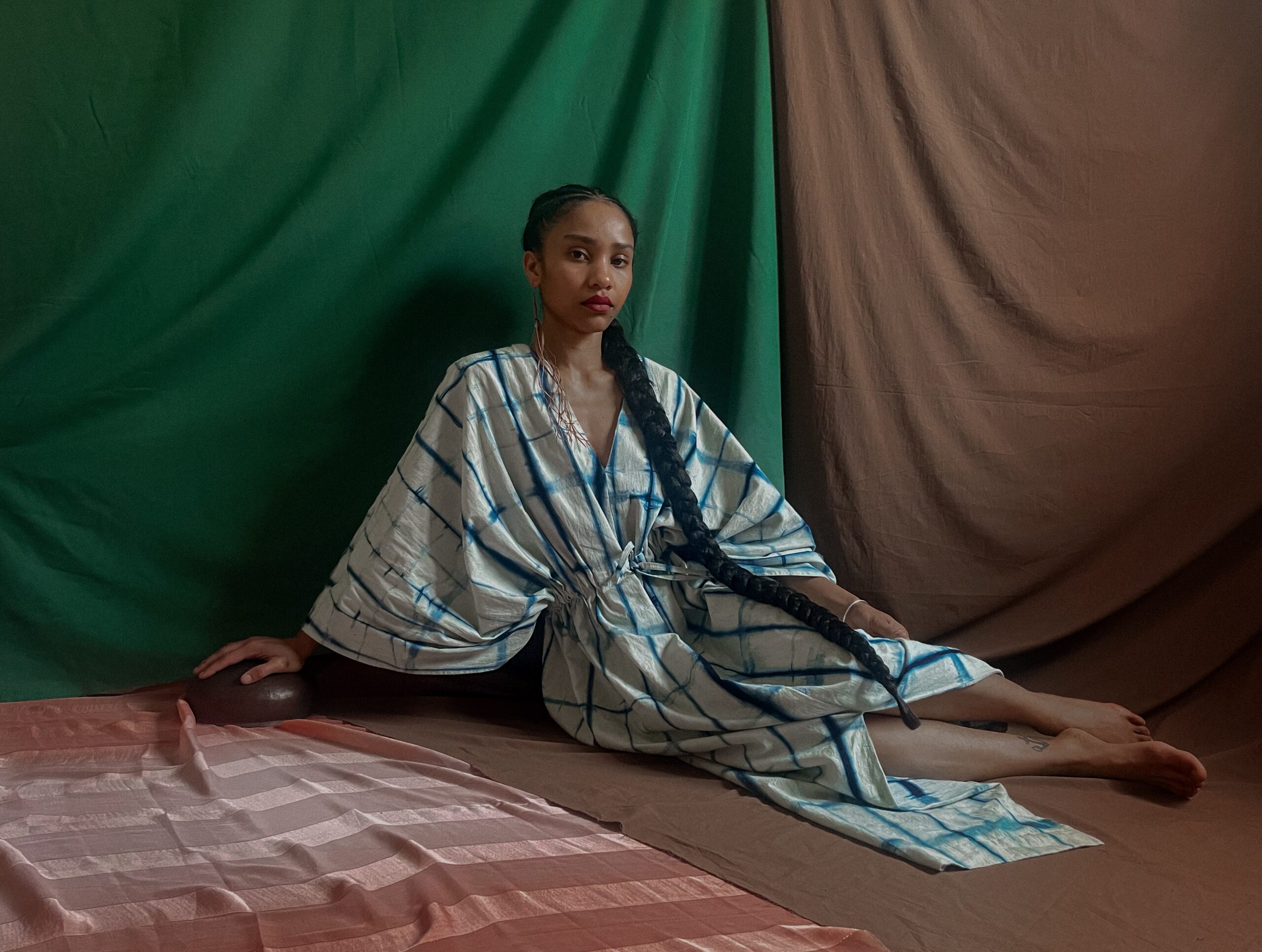
Saïda Augustine, an interdisciplinary artist born in Majunga, a port town in the northwest of Madagascar, explores questions related to human beings and their essence through her work.
Your work often explores themes of identity and representation, particularly in the context of Madagascar's colonial history. Can you share a specific moment or experience that has shaped your understanding of these themes and how they manifest in your photography?
I was born in Majunga, a port town in the north-west of Madagascar that has seen many migrations. I spent my childhood in a territory that was once colonized. At the age of 10, my family and I were forced to move and emigrate to the island of Mayotte. Mayotte is still a French territory, although it has its own culture. Later we settled in France, the country of the former colonizers of Madagascar. My experience of moving between territories has given me an insight into issues of representation and self-identity.
You mentioned on your Instagram account that the question of whether Malagasy people identify as black or African has been a significant part of your personal journey. Can you elaborate on how this question has influenced your artistic vision and the stories you seek to tell through your photography?
I have always identified myself as Malagasy, African and black woman. Therefore, my Africanness and my blackness have never been a problem in my quest for identity. However, I realised that most Malagasy people don't identify themselves as African or black after talking to Malagasy people and the Malagasy diaspora living in France. I then focused my research on the impact of colonization on the Malagasy people and their self-perception.
What impact do you hope your work will have on future generations as a Woman from Madagascar, in terms of fostering a more inclusive and accurate representation of Malagasy culture and identity?
When I started doing photography , my goal was to explore and understand the world around me and myself. Photography has not only allowed me to express myself, but has also been a tool for self-awareness. This self-awareness has led me to pursue various artistic projects that highlight the culture of my home country.
If my artistic approach resonates, challenges or even inspires other Malagasy women, then my work has already had a significant impact.

Saïda wears the Agbada Dress in Shibori Print
Your self portraiture work is heavily inspired by traditional Malagasy imagery of styled women. How important is style in your work when you are in front of the camera and when you are behind the camera?
Style is an expression of our self-identity. The way we dress says a lot about our personality. Style includes both practical and aesthetic aspects, such as the colour and shape of the garment, as well as intangible qualities. It is important to me both in front of and behind the camera.
Is there a difference between play and work for you? How do you draw the line and what would you say is the key to your success as an artist?
In my case, play and work go hand in hand; I can only work if what I am doing gives me a certain serenity, through a combination of intuition and pragmatism. Creating a framework helps you define boundaries and know where you're going. Success for me is about expressing yourself through art in a way that is in tune with you and the world around you.
GIDA © 2024

